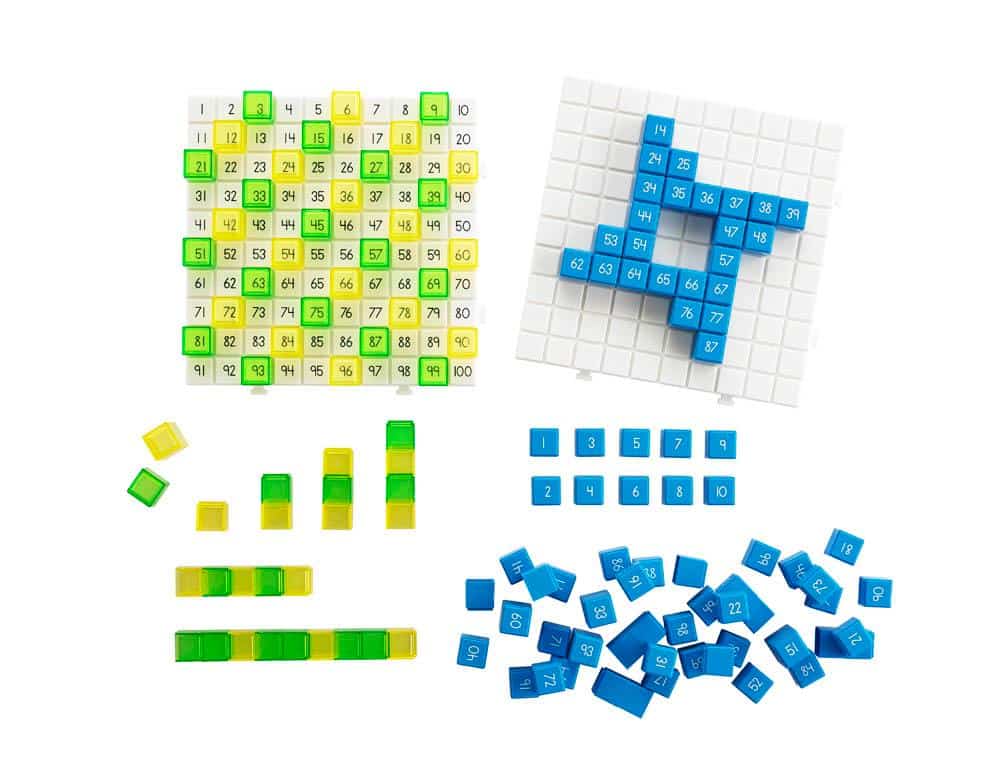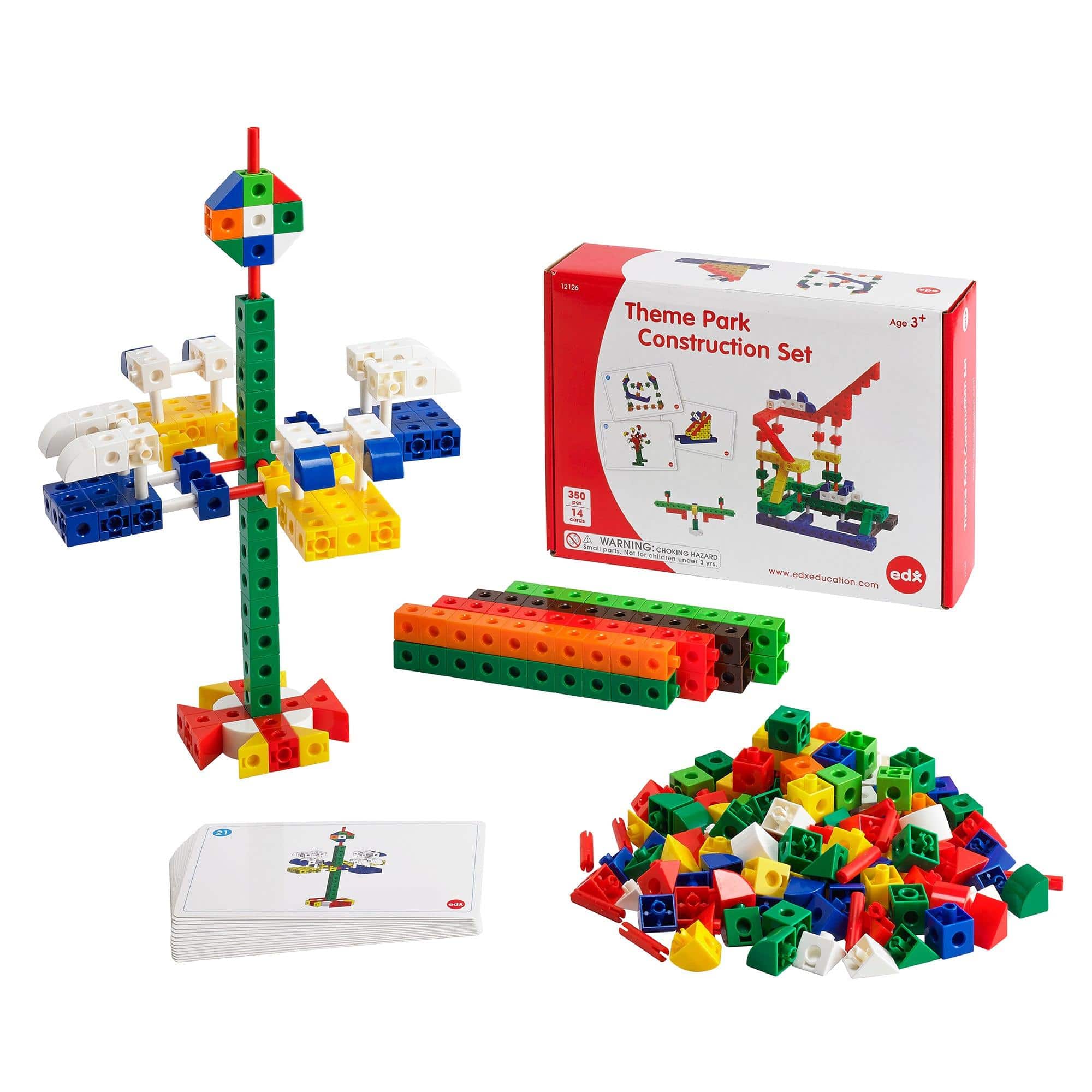The Relationship Between Toys and Problem-Solving Skills
Introduction
When it comes to childhood development, toys play a vital role in nurturing various skills. One key skill that children can develop through play is problem-solving. It is fascinating to explore how toys can actively engage children’s minds and enhance their problem-solving abilities. This article will delve into the relationship between toys and problem-solving skills, highlighting the importance of choosing the right toys for stimulating cognitive development.
The Benefits of Problem-Solving Toys
Problem-solving toys are designed to challenge children and encourage them to think critically to find solutions. These toys offer several benefits, including:
- Enhancing cognitive abilities
- Promoting logical thinking
- Improving creativity
- Developing analytical skills
- Teaching perseverance
The Features to Look for in Problem-Solving Toys
When selecting problem-solving toys for your child, it’s important to consider certain features that will optimize their learning experience. Look for toys that offer:
- Open-Ended Play: Toys that allow for multiple solutions and varied outcomes encourage children to think outside the box and explore different approaches.
- Manipulative Elements: Toys with movable parts or puzzles that require physical manipulation help develop hand-eye coordination and fine motor skills, contributing to problem-solving abilities.
- Social Interaction: Some problem-solving toys are designed for group play, encouraging children to collaborate, communicate, and solve problems together, fostering teamwork and social skills.
- Progressive Difficulty: Toys that increase in complexity as children solve challenges progressively stimulate their problem-solving skills, providing a sense of achievement and motivation.
- Real-World Context: Toys that mimic real-life scenarios, such as building sets or role-playing toys, allow children to apply their problem-solving skills to everyday situations, preparing them for the challenges they might face in the future.
Examples of Problem-Solving Toys
With a wide variety of toys available, here are some examples of problem-solving toys that offer a range of features:
- Building Blocks: These classic toys encourage children to use their imagination and problem-solving skills to construct various structures.
- Puzzles: Available in different difficulty levels, puzzles help children develop logical reasoning and spatial awareness.
- Board Games: Board games challenge children to strategize, think ahead, and find solutions within the game’s rules, fostering problem-solving and critical thinking abilities.
- STEM Toys: Science, Technology, Engineering, and Math (STEM) toys promote problem-solving skills by engaging children in hands-on experimentation and logical thinking.
- Art and Craft Kits: Craft-based toys provide opportunities for creative problem-solving, allowing children to experiment with different materials and techniques to achieve desired artistic outcomes.
- Construction Sets: These toys require children to follow instructions, problem-solve, and connect various parts to build structures, encouraging spatial reasoning and logical thinking.
Conclusion
Toys hold immense potential in shaping children’s problem-solving skills, fostering critical thinking, and preparing them for future challenges. By providing them with well-selected problem-solving toys, parents and educators can actively contribute to the cognitive development and overall growth of children. So, next time you choose a toy, remember to consider its features and the learning opportunities it can offer. Let the power of play unleash your child’s problem-solving potential!


